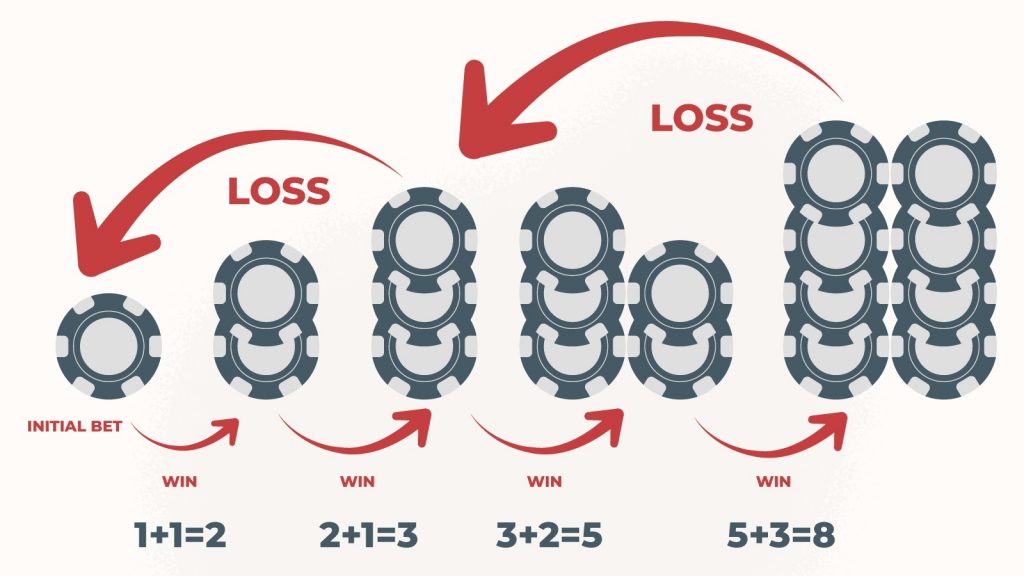
Fibonacci strategy: A Game Changer at Roulette
The world of gambling is forever in search of systems and strategies that will tilt the odds in favor of the player, and roulette is no exception. One such intriguing concept that has been making waves in the roulette arena is the Fibonacci system, an ancient number sequence with roots in mathematical theory. Named after Italian mathematician Leonardo of Pisa, also known as Fibonacci, this fascinating sequence and the betting system it has inspired adds a dash of mathematical intrigue to the classic roulette table.
Harnessing the Fibonacci sequence in roulette does not guarantee victory but it introduces a system of play that can guide your betting decisions and potentially curb losses. In essence, it offers a novel approach, turning the chaotic roulette betting process into an engaging strategic pursuit. Let’s delve into this mathematical marvel to grasp its essence and evaluate its effectiveness at the roulette table.
The Fibonacci System Uncovered
The Fibonacci sequence is an age-old mathematical concept where each number is the sum of the two preceding ones, starting from 0 and 1. Translating this sequence into a betting system is quite straightforward: if you lose a bet, you move one step forward in the sequence to determine your next bet. If you win, you move two steps back. The key idea here is to recover your losses over several bets, rather than trying to win it back all at once.
What makes the Fibonacci system appealing to roulette players is its controlled approach to betting. It’s a way to manage your bankroll and keep track of your winnings and losses, allowing you to navigate through the unpredictable world of roulette with a touch of predictability.
Putting the Fibonacci System to Work
To implement the Fibonacci system in roulette, start by betting one unit. If you lose, move one step forward in the Fibonacci sequence for your next bet. If that bet wins, stay at the same level; if it loses, continue moving forward in the sequence. When you win, move back two steps in the sequence. Continue this process until you’re in profit or decide to stop.
For instance, if you start with a bet of €1, your subsequent bets following a losing streak would be €1, €2, €3, €5, €8, and so on, as per the Fibonacci sequence. A win at any point requires stepping two numbers back and continuing the cycle. While the system can’t eliminate the house edge, it introduces a betting progression that could potentially limit losses during a bad streak and recover losses on a win.

Evaluating the Fibonacci System
One of the main advantages of the Fibonacci system is that it’s safer than other strategies like the Martingale, which requires doubling your bet after every loss. The Fibonacci system has a slower rate of progression, meaning you won’t reach high bets as quickly.
However, like all betting systems, it’s not without its drawbacks. A significant downside is that a losing streak could force you into making very high bets to follow the sequence. Also, it may take several wins to recoup losses from a string of bad luck. Therefore, while the Fibonacci system may be fascinating and potentially helpful, it’s essential to remember that it doesn’t alter the house edge or guarantee a win.
Is the Fibonacci System Worth It?
The Fibonacci system, with its roots in centuries-old mathematical theory, offers an intriguing and systematic approach to the game of roulette. It provides a strategy that can add structure to your betting and help manage your bankroll. However, it’s crucial to remember that no system can change the fundamental odds of the game.
Ultimately, using the Fibonacci system at roulette should be about enhancing your gaming experience. If the systematic nature of this betting strategy adds to your enjoyment of the game, then it could be worth giving it a try. Just always remember to gamble responsibly and within your limits.






